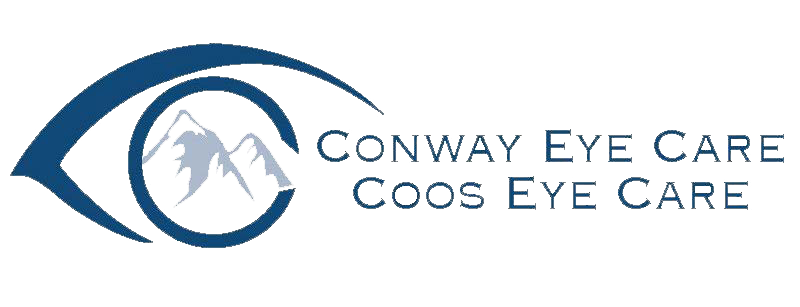For adults over 60, age-related macular degeneration (AMD) is a disease that blurs the sharp central vision required for activities such as reading, driving or computer work. The portion of the eye affected by AMD is the macula located in the center of the retina. While AMD is not curable, there are new treatments that may slow the progression of AMD for many patients if diagnosed in the early stages.
Two Types of AMD
There are two types of AMD: wet and dry. Wet AMD is caused by the growth of abnormal blood vessels behind the retina. These fragile blood vessels can leak blood and fluid and damage the macula by raising it from its normal position in the back of the eye. The damage occurs very rapidly, and vision loss can also occur very quickly. An early symptom of wet AMD is a change in vision where straight lines appear wavy. If this or other changes in vision occur, it is important to have your eyes examined at once with a comprehensive dilated eye exam.
Dry AMD occurs at a slower pace and is caused by a break down of light-sensitive cells in the macula. Central vision will gradually blur in the affected eye. As dry AMD progresses, a blurred spot may appear in the central vision area. The most common symptom is slightly blurred vision, difficulty in recognizing faces, or needing more light for reading and other close tasks. Dry AMD can affect both eyes or one eye alone.
The common early sign of dry AMD is the appearance of drusen, which are yellow deposits under the retina in the back of the eye. Your eye care professional can detect drusen during a comprehensive dilated eye exam. People with small or a few medium sized drusen have early AMD, with no symptoms or vision loss. Adults with intermediate AMD will have many medium or one or more large drusen, and may see a blurred spot in their central vision. Advanced dry AMD will have drusen and will have deterioration to the light-sensitive cells and tissue in the central retinal area. At this stage, you may notice a blurred spot in your central vision, which may become bigger and darker. Those with advanced AMD will have difficulty reading and recognizing faces from a distance.
AMD Risk Factors
The risk for AMD increases with age, and it can occur in middle age. Other risk factors include: race (Caucasians are more likely than African Americans to be affected by AMD), family history, and gender (women have a greater risk than men). Risk factors for AMD that are can be reduced by lifestyle changes are smoking, obesity, and a diet high in red meat and low in vegetables.
AMD Diagnosis
Age-related macular degeneration is diagnosed during a comprehensive eye exam, which includes a visual acuity test using an eye chart, a dilated eye exam to visually inspect the retina, and tonometry, which measures the eye pressure inside the eye. One portion of the eye exam may include looking at an Amsler grid. Your doctor will ask you to focus on a central dot. If any of the lines look wavy or are missing, this may indicate that further testing is necessary. New imaging technology such as the OCT OptiVue RTVue scanner provides a three dimensional view of the retina and can more definitively diagnose and track both wet and dry AMD. The scan is quick non-invasive and covered under most medical plans and Medicare.
AMD Treatment
Though AMD is not reversible, there are treatment options. Wet AMD may be treated in certain cases with laser surgery or photodynamic treatment to stop the leakage from blood vessels that cause this form of the disease. Photodynamic treatment uses an injected drug that “sticks” to the surface of new blood vessels in the eye. A light shined into the affected eye for about 90 seconds activates the drug and destroys the leaking blood vessels. Photodynamic therapy is relatively painless and can slow vision loss, but may need to be repeated.
Dry AMD in its early stages is most effectively treated with a vitamin and mineral formulation developed National Eye Institute’s Age-Related Eye Disease Study (AREDS). This special formulation of vitamins C, E, A (beta carotene), zinc and copper, called the AREDS formulation, can significantly reduce the progression of the disease. The combination and strength cannot be achieved through diet alone. A prescription to AREDS formulation is a natural treatment that costs about $100 annually
Lowering Risk
If you have risk factors for AMD, some studies have shown that a diet rich in leafy green vegetables and fruits can promote healthy eyes. Another study recently published in the American Journal of Epidemiology studied more that 6,500 subjects aged 58 to 69 years. That study showed that adults who chose chicken four or more times a week reduced their risk for AMD by 50%, while those who chose red meat 10 times a week or more were 50% more likely to develop AMD in old age.

